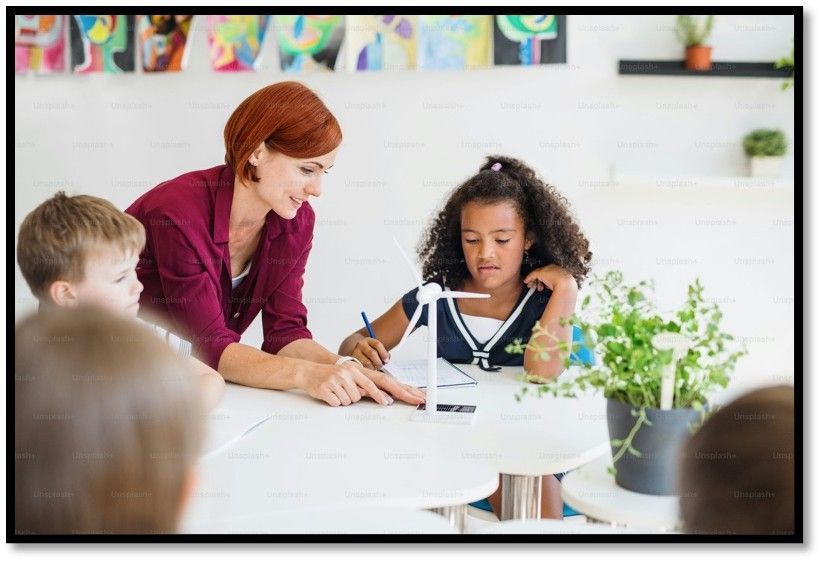
Here are 5 principles of natural oral language acquisition:
1. Communication comes first, not grammar.
Consider a child’s natural language acquisition process. When young children listen to a phrase for the very first time, they try to connect:
- The sequence of sounds (the ‘what’).
- What these sounds are trying to achieve (the ‘why’ = the task or goal).
- How that task or goal is achieved (the ‘how’).
2. Vocabulary grows via frequent use of common expressions, not by rote memory
The child’s first vocabulary begins to take shape when you start talking to a child, first using simple words such as “doggie” for all dogs and saying phrases like “isn’t that doggie cute?” and saying this over and over again. Gradually the children will pick up these words to which they will add more words (‘a dog’, ‘a brown dog’, ‘a brown and black dog’).
3. Pronunciation develops with constant listening, reading and communicating
Children learn pronunciation by listening to the way it is spoken and trying out the sounds oneself. They also learn to differentiate between similar sounding words that are commonly spoken.
4. Higher proficiency comes from progressively complex use of the language over time
As a child grows older, she uses the language in progressively more complex ways. At every stage, she is either practicing her existing language skills or building on them to move to the next level, all in a very natural way.
5. GrapeSEED considers all pieces of the natural language learning
Before creating the first storybook, the GrapeSEED program designers invested years of classroom teaching, educational research, and planning. They looked closely at how children naturally learn their native language. This sets GrapeSEED apart from other English learning programs and contributes to its success with all students, including English Language Learners (ELL) students, English as a Second Language (ESL) students, and other Limited English Proficiency (LEP) students and struggling readers.





